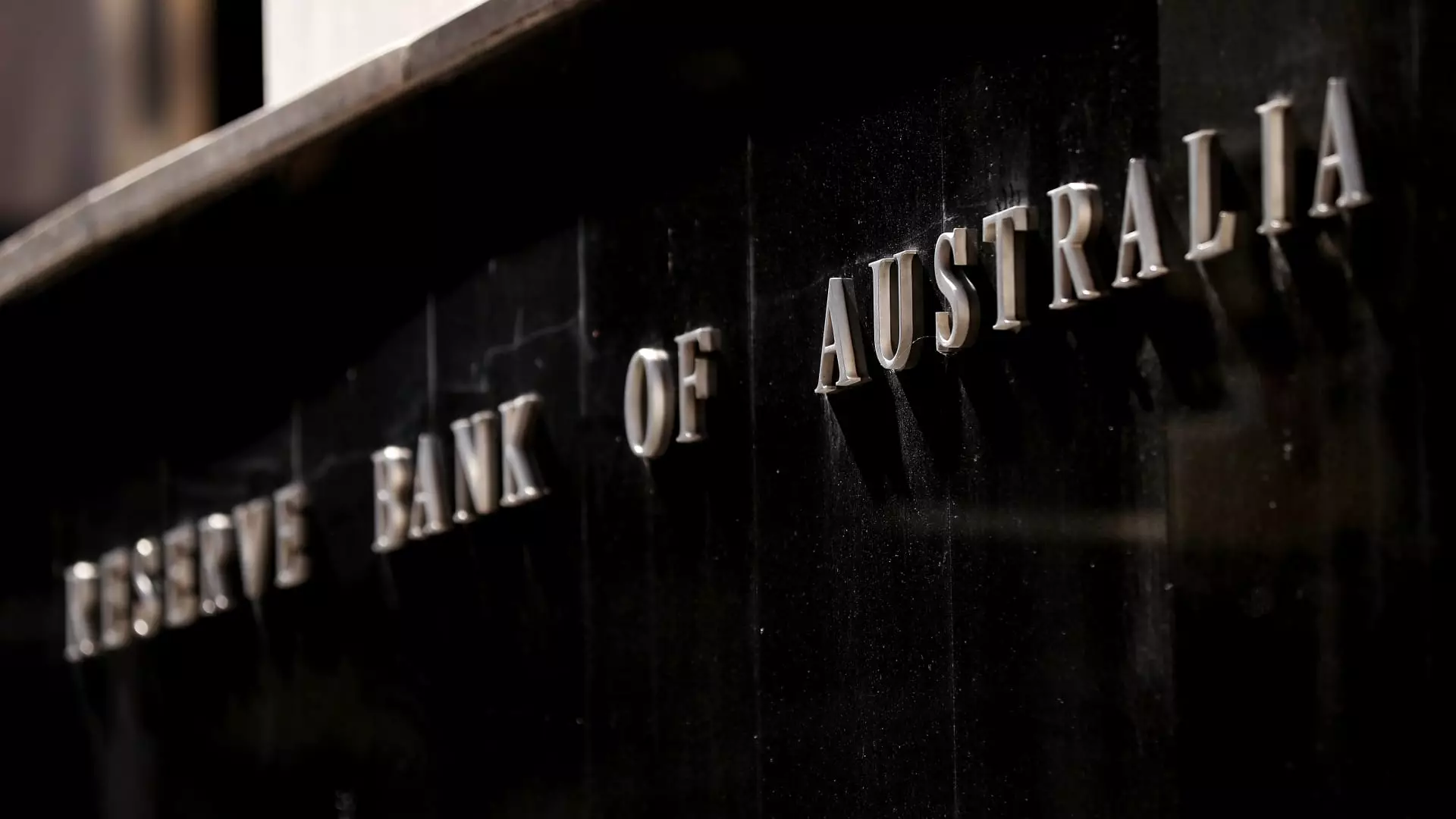On Tuesday, the Reserve Bank of Australia (RBA) made a landmark decision by cutting its benchmark interest rates for the first time in over four years. This shift reflects a significant change in the global monetary landscape, where many central banks have already begun easing their policies in response to declining inflation rates. The RBA’s decision to reduce the benchmark interest rate from 4.35% to 4.10% comes after a prolonged period of 13 interest rate hikes, aimed at curbing inflation during the pandemic’s economic aftermath.
This decision is particularly notable as it marks the first easing since November 2020, when the RBA slashed rates to stimulate a struggling economy. The backdrop of this rate cut reveals a cautious optimism regarding inflation, which has shown signs of moderation. With inflation rates easing from 2.8% to 2.4% in the last quarter, the RBA’s move indicates a shift towards a more supportive economic environment.
While the reduction in interest rates is a positive step for economic growth, it is essential to recognize the complexity of the situation. The RBA has stated that their approach to further policy adjustments will be gradual, indicating a reluctance to rush into new rate changes. Abhijit Surya, a senior economist at Capital Economics, echoed this sentiment, predicting that the current cycle of rate cuts will be limited, with the terminal cash rate likely to settle at around 3.60%. This perspective underscores the RBA’s desire to balance supporting economic growth while maintaining control over inflation.
Furthermore, the strength of the labor market plays a significant role in shaping the trajectory of monetary policy. With unemployment rates hovering near historic lows of 4.0%, the RBA faces challenges in navigating economic recovery. Recent labor market data impressively showcases that jobs are being created at a faster pace than previously anticipated, suggesting greater resilience in the economy than expected. As such, any reductions in the cash rate might have a tempered effect on stimulating consumer spending, as high employment levels afford consumers greater financial security.
Additionally, the timing of this rate cut may have implications for the Australian government, particularly as it approaches a challenging election year. Lower borrowing costs could invigorate economic activity, providing the Labor government with a needed boost amid sluggish growth. According to recent statistics, Australia’s GDP grew by a mere 0.3% in the September quarter and slowed to an annual growth rate of 0.8%, marking the lowest growth since the pandemic’s onset. In this context, the RBA’s decision to lower interest rates may act as a catalyst for stimulating household consumption and improving economic momentum ahead of the elections.
The RBA has adhered to its inflation target of between 2% and 3%. However, navigating this economic landscape is fraught with uncertainties. The central bank’s projections indicate a cautious optimism regarding household consumption growth spurred by rising incomes. Still, they have warned that this uptick in consumption may be slower than anticipated, highlighting the delicate balance policymakers must navigate.
As anticipated, the market reacted positively to the rate cut announcement. The yield on Australian 10-year government bonds fell nearly 20 basis points in the lead-up to the meeting, underscoring investor sentiment that was aligned with the imminent rate reduction. However, despite this initial positivity, the ASX 200 index faced losses post-announcement, declining by 0.54%. This mixed reaction in the equities market reflects a broader uncertainty about how the rate cut will translate into tangible economic benefits.
The RBA’s decision to lower its benchmark interest rates signifies a pivotal moment in Australia’s monetary policy framework. As the central bank strives to create favorable conditions for economic growth amid a complex landscape of inflation and employment, the future will depend on how effectively these rate cuts can translate into real-world benefits for consumers and businesses alike. Policymakers will need to remain vigilant in monitoring economic indicators as they navigate these transformative times.



Leave a Reply